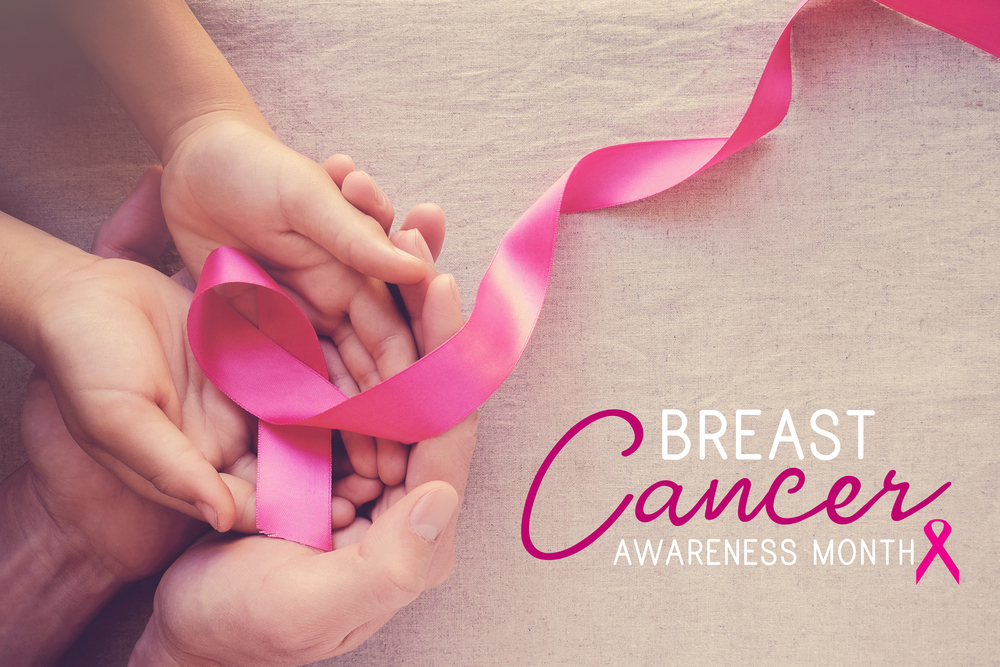Breast cancer is the most commonly diagnosed cancer in women in the United States, with 1 in 8 receiving the
diagnosis at some point during their lifetime. Early detection provides the best chance for successful treatment and cure.
Sansum Clinic recommends yearly tomosynthesis or 3D mammography for women with average risk, starting at age 40. Mammography is safe and effective during pregnancy breastfeeding. Women with higher than average risk may need additional MRI based on personal and family history.
It’s important to understand the following risk factors and discuss them with your doctor to evaluate your breast cancer risk:
- Women who have certain gene mutations, such as BRCA1 and BRCA2 or other hereditary cancer susceptibility genes, have a significantly increased risk of breast cancer and ovarian cancer.
- Breast cancer survivors who were diagnosed at an early age or who have dense breast tissue detected on a mammogram, have an increased risk for breast cancer.
- Young women who were exposed to chest radiation as a child, such as for treating Hodgkin’s lymphoma, have an increased risk for breast cancer.
 All women who have an increased risk of breast cancer should speak with their doctor about their recommended frequency of screenings and become familiar with their breasts to be able to identify any future changes. If you have any questions about your breast cancer risk and recommended screenings, contact your doctor today.
All women who have an increased risk of breast cancer should speak with their doctor about their recommended frequency of screenings and become familiar with their breasts to be able to identify any future changes. If you have any questions about your breast cancer risk and recommended screenings, contact your doctor today.
Men Get It, Too!
Although breast cancer in men is rare, it’s possible. Symptoms often include a hard lump underneath the nipple, nipple retraction or nipple bleeding. If you notice anything unusual about your breasts, contact your physician immediately.